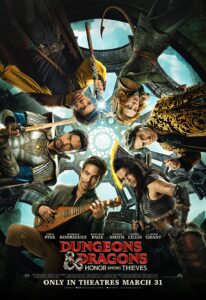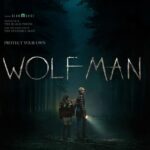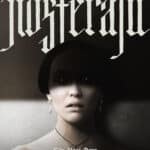
Dungeons & Dragons- Honor Among Thieves
Edgin and Holga find themselves in a prison in the snowy wastes of the Windchill Valley, north of the Spine of the World mountain range. South of the mountains is the milder Sword Coast, where the greatest cities of the world of Faerûn stand. Edgin and Holga ended up in jail after a heist gone wrong, in which Edgin participated to steal the Awakening tablet, necessary to resurrect his wife killed with a Thay’s blade. They will soon find a way to escape and rejoin Edgin’s daughter, who however is now looked after by their former ally Forge, a cunning con man who, allied with the red sorceress Sofina, has obtained a noble position in the city of Neverwinter. To thwart the plans of the two, the gang sets out in search of a helmet capable of canceling the magical seals, but it is not a simple undertaking, so much so that they will need the help of the paladin Xenk.
Dungeons & Dragons: Honor Among Thieves brings the world’s most popular role-playing game back to the screen, and it does so with the intention of enchanting families more than veteran players.
Hasbro and Paramount will surely have their reasons and market studies for targeting a rather young audience, something that becomes more and more obvious the further the film progresses, until an ending in which Edgin’s young daughter takes on a major role. Fans of the game will probably go to see the film anyway, if only for the large amount of easter eggs in which it is immersed, including exotic yet familiar creatures and various spells that mimic those of the RPG. However, it is equally likely that they will be somewhat disappointed, at least if their experience is not playing D&D with their children, but with friends their own age. Whatever the result of this bet, the directors and cast want to believe it and do everything possible to convey a sense of infectious fun.
There are even too many things in Dungeons & Dragons – The honor of thieves, which combines locations that are also very different from each other and a whole bestiary of creatures often reduced to justifying a joke and then leaving the scene. This is the case of the “intellect devourers”, who leave the group of adventurers unharmed because they presumably do not consider them intelligent enough. There is the paladin who is so good that he saves the kittens, or rather the baby tabaxi, a race of feline men. There is the overfed dragon who struggles to fly and breathe fire but is very dangerous when he rolls. There is the bird man – an Aaracockra – who finds himself in spite of himself at the center of the initial escape. All this variety compensates for a group of protagonists that appear almost entirely human.
Sure there is a “tiefling” but no one explains what that word means, nor is the sorcerer’s racial identity explored. As if the extraordinary richness, sometimes even obscure, of the D&D worlds should remain in the background, easy to grasp for those who already know it, but as light as possible for others.








